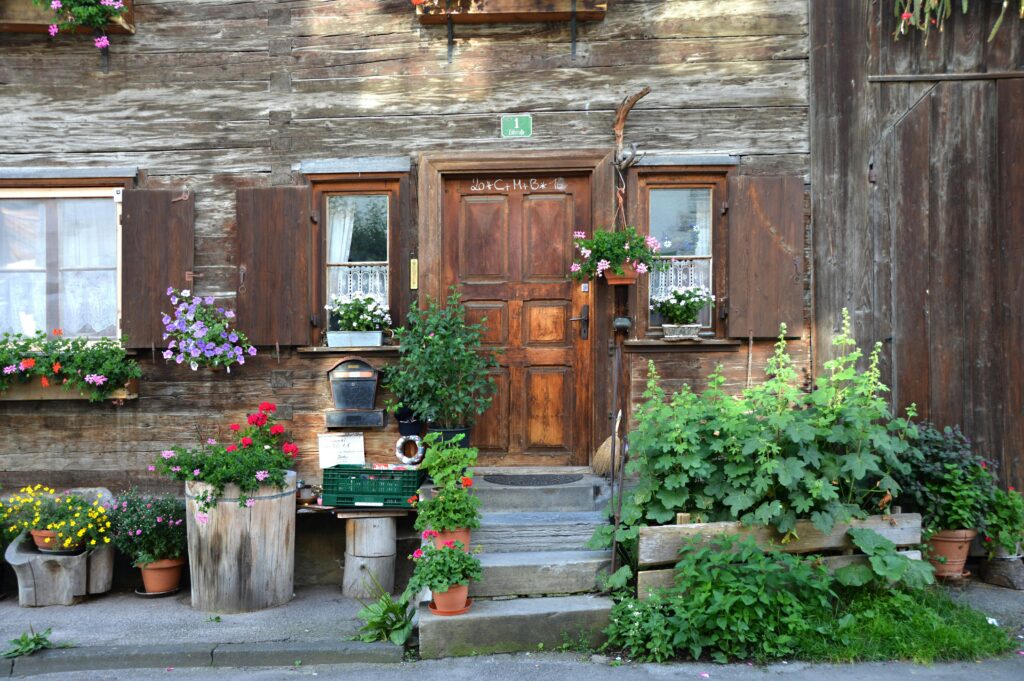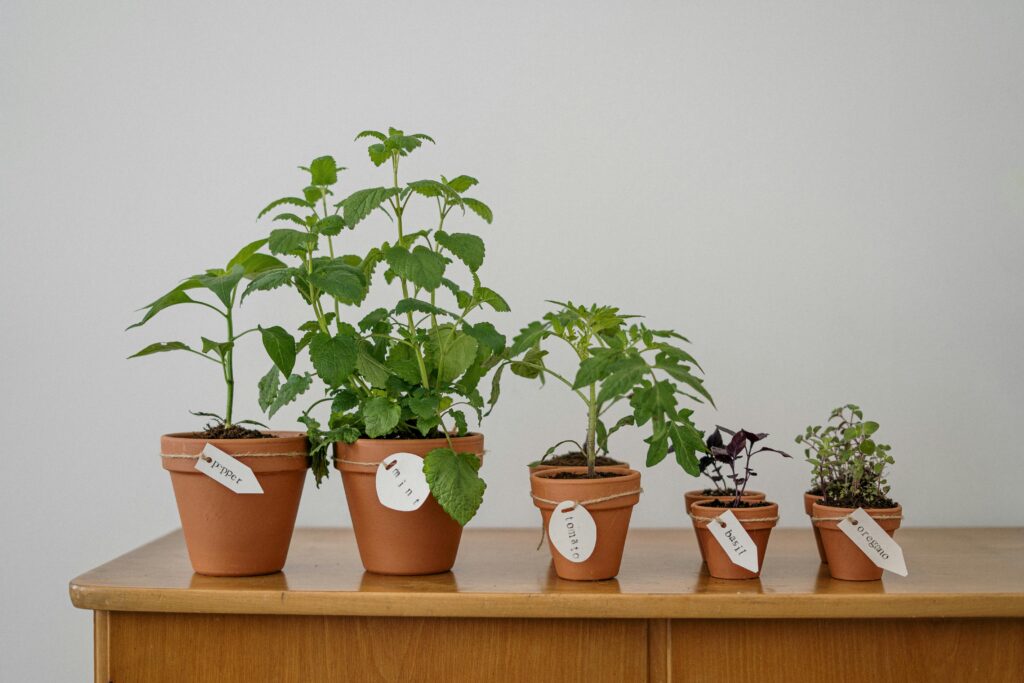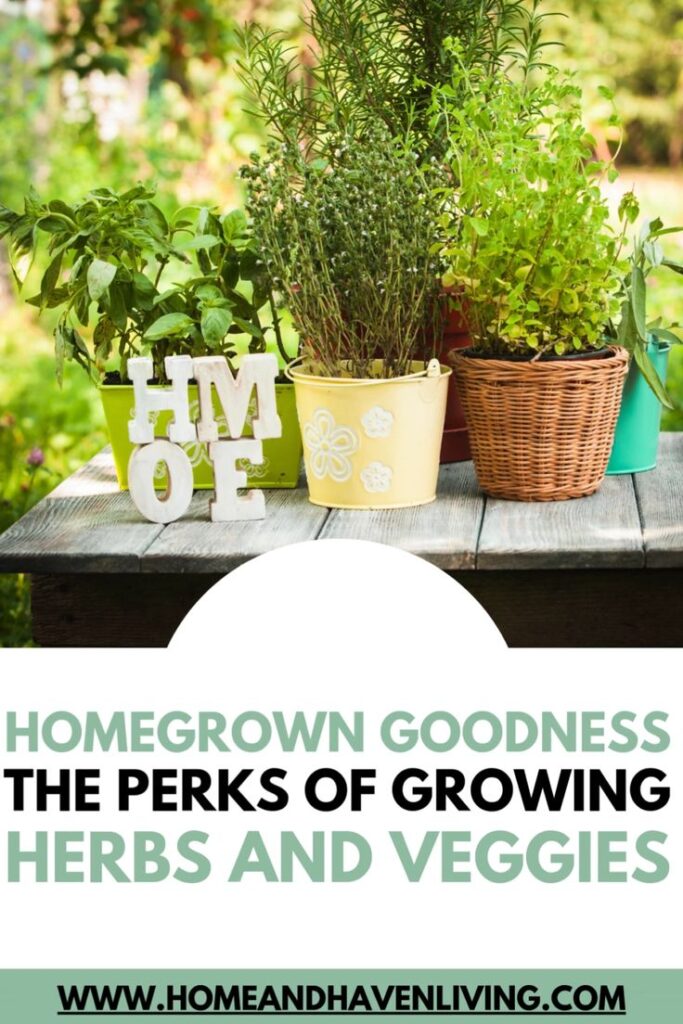Living with Intention: How to Create a Mindful, Sustainable Home

Creating a mindful, sustainable home is about aligning your living environment with your values, promoting health, reducing environmental impact, and fostering a sense of calm and purpose. With a thoughtful approach, you can transform your space into a haven of sustainability and intention.
What Does It Mean to Live with Intention?
Living with intention is about making deliberate choices that reflect your values and contribute to a meaningful life. In terms of your home, this involves:
- Mindful Consumption: Choosing quality over quantity and prioritizing needs over wants.
- Sustainability: Emphasizing eco-friendly practices and reducing waste.
- Creating Purposeful Spaces: Designing areas that promote peace, productivity, and well-being.
Ready to start your homesteading journey? Check out this great homesteading eBook for beginners.
The Principles of Sustainable Living at Home
1. Reduce, Reuse, Recycle

This foundational principle minimizes waste and encourages resourcefulness.
| Action | Example |
|---|---|
| Reduce | Avoid single-use plastics; buy in bulk. |
| Reuse | Repurpose jars for storage or DIY projects. |
| Recycle | Properly sort and dispose of recyclable materials. |
“Sustainability is no longer about doing less harm. It’s about doing more good.” – Jochen Zeitz
2. Mindful Purchases
Being intentional about what you bring into your home reduces clutter and waste.
- Eco-Friendly Furniture: Invest in durable, sustainably-sourced pieces.
- Zero-Waste Products: Opt for reusable alternatives like beeswax wraps, bamboo utensils, and refillable cleaning products.
Tips for Mindful Shopping:
- Ask: “Do I truly need this?”
- Look for certifications like FSC (Forest Stewardship Council) and Fair Trade.
- Support local artisans and secondhand stores.
How to Create a Sustainable Home Environment
1. Choose Eco-Friendly Materials
Natural materials like bamboo, cork, and reclaimed wood are sustainable, durable, and beautiful.
Comparison Table: Sustainable vs. Non-Sustainable Materials
| Sustainable Material | Non-Sustainable Material |
|---|---|
| Bamboo | Plastic |
| Cork | Vinyl |
| Reclaimed Wood | Virgin Timber |
2. Energy Efficiency
- Switch to LED Bulbs: They use 75% less energy and last longer.
- Install Smart Thermostats: Reduce heating and cooling waste.
- Seal Windows and Doors: Prevent energy loss.
Fact: The average household can save $225 annually by using energy-efficient appliances.
3. Indoor Plants for Air Quality

Plants like peace lilies, spider plants, and snake plants naturally purify the air while adding a touch of greenery to your home.
| Plant | Air Purifying Benefit |
|---|---|
| Peace Lily | Removes mold spores and VOCs. |
| Spider Plant | Absorbs carbon monoxide and toxins. |
| Snake Plant | Releases oxygen at night. |
“To plant a garden is to believe in tomorrow.” – Audrey Hepburn
4. Reduce Water Waste
- Install low-flow showerheads and faucets.
- Fix leaks promptly—one drip per second can waste 3,000 gallons annually.
- Collect rainwater for outdoor use. Try this rainwater collection system.
5. Composting and Gardening

Composting turns organic waste into nutrient-rich soil. Use it to grow your own herbs and vegetables. Try a composting bin as a start.
- Benefits of Composting:
- Reduces landfill waste.
- Enriches soil without synthetic fertilizers.
- Lowers carbon footprint.
Pro Tip: Keep a small countertop compost bin for convenience.

6. Adopt Minimalism
A clutter-free home promotes mental clarity and reduces resource consumption.
- Declutter Regularly: Donate or sell items you no longer use.
- Embrace Multi-Functional Furniture: Save space and resources.
Mindful Decorating Tips
- Use non-toxic paints for healthier indoor air.
- Choose washable textiles over disposable ones.
- Incorporate secondhand or vintage items for character and sustainability.
DIY Tip: Make your own art or decor using natural materials like driftwood, dried flowers, or recycled fabrics.
Ready to start your homesteading journey? Check out this great homesteading eBook for beginners.
Why Sustainable Living Matters
1. Environmental Benefits
- Reduces carbon emissions.
- Conserves natural resources.
- Prevents pollution from synthetic materials.
2. Health Benefits
- Lowers exposure to toxins found in conventional cleaning and decor products.
- Encourages physical activity, like gardening.
- Promotes a cleaner, more breathable indoor environment.
Key Takeaways
- Living with intention starts with mindful choices about your home environment.
- Small changes, like reducing waste and choosing sustainable materials, can have a big impact.
- A sustainable home aligns with values of health, wellness, and care for the planet.
By embracing sustainable practices, you create a home that nurtures both your family and the planet. Start small, stay consistent, and enjoy the beauty of intentional living. 🌿✨

Ready to start your homesteading journey? Check out this great homesteading eBook for beginners.
References
- Zeitz, Jochen. Sustainability Leadership.
- Hepburn, Audrey. Inspirational Quotes for Sustainable Living.
- Environmental Protection Agency. Energy Efficiency in the Home.
As an Amazon Affiliate, we earn from qualifying purchases, but at no extra cost to you.


